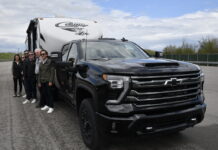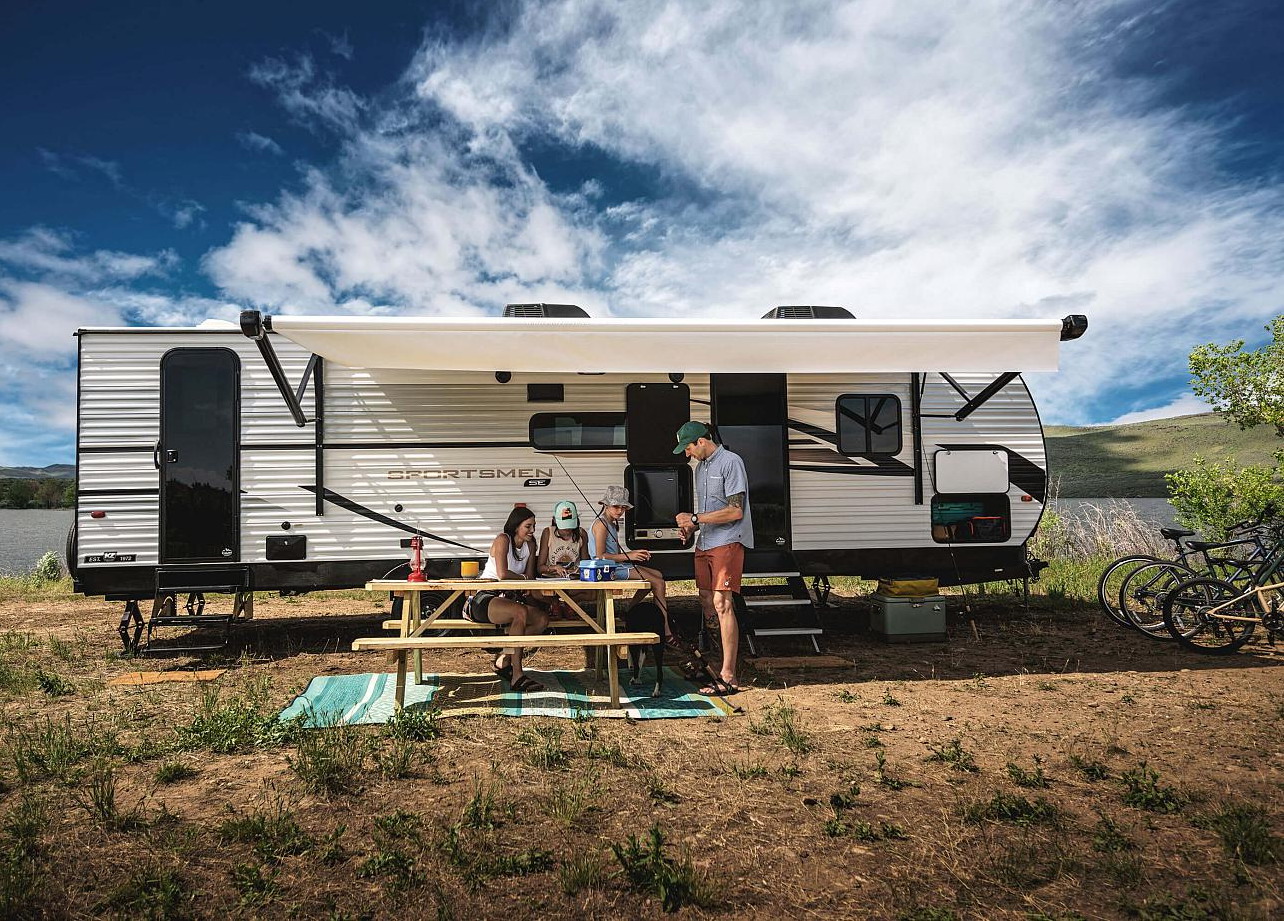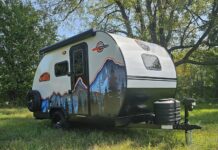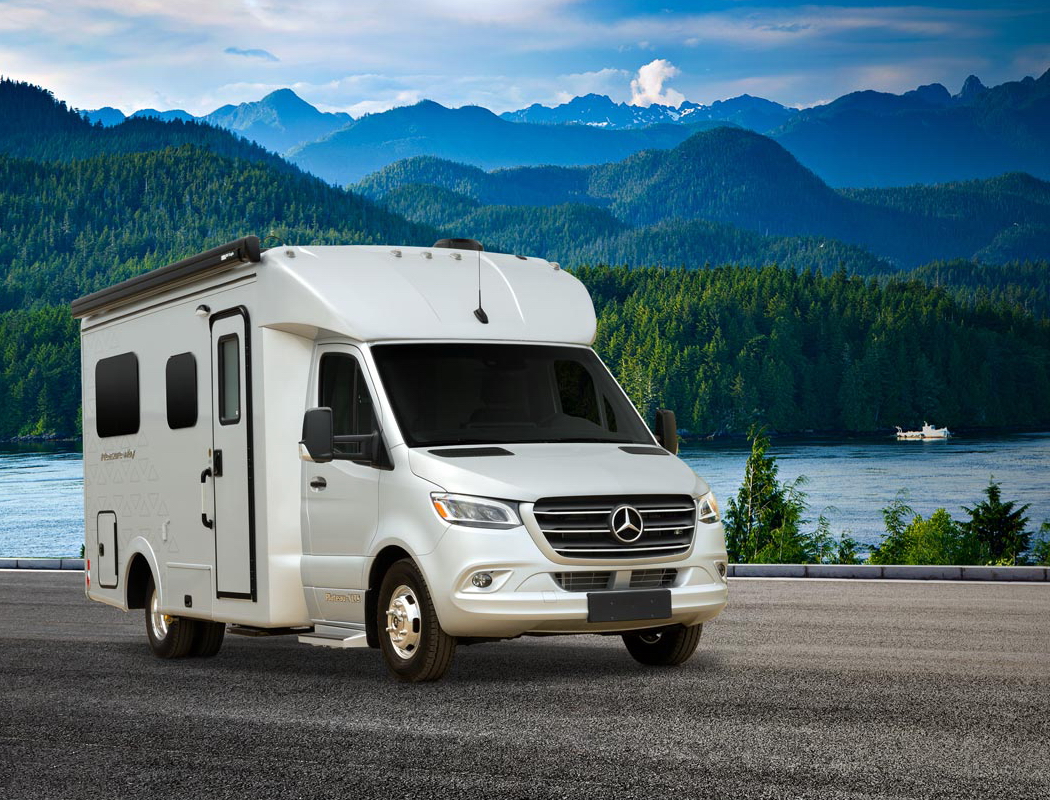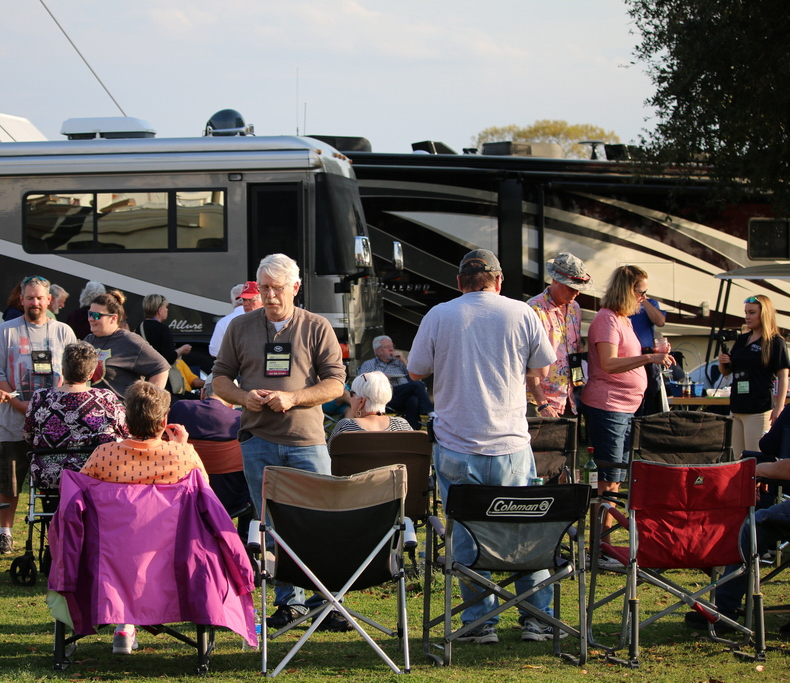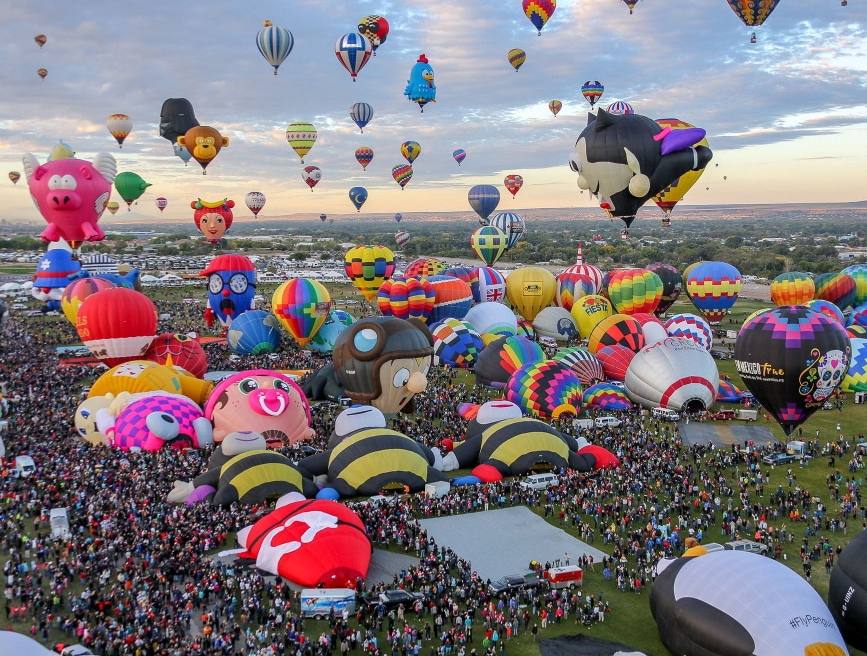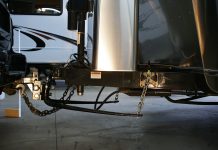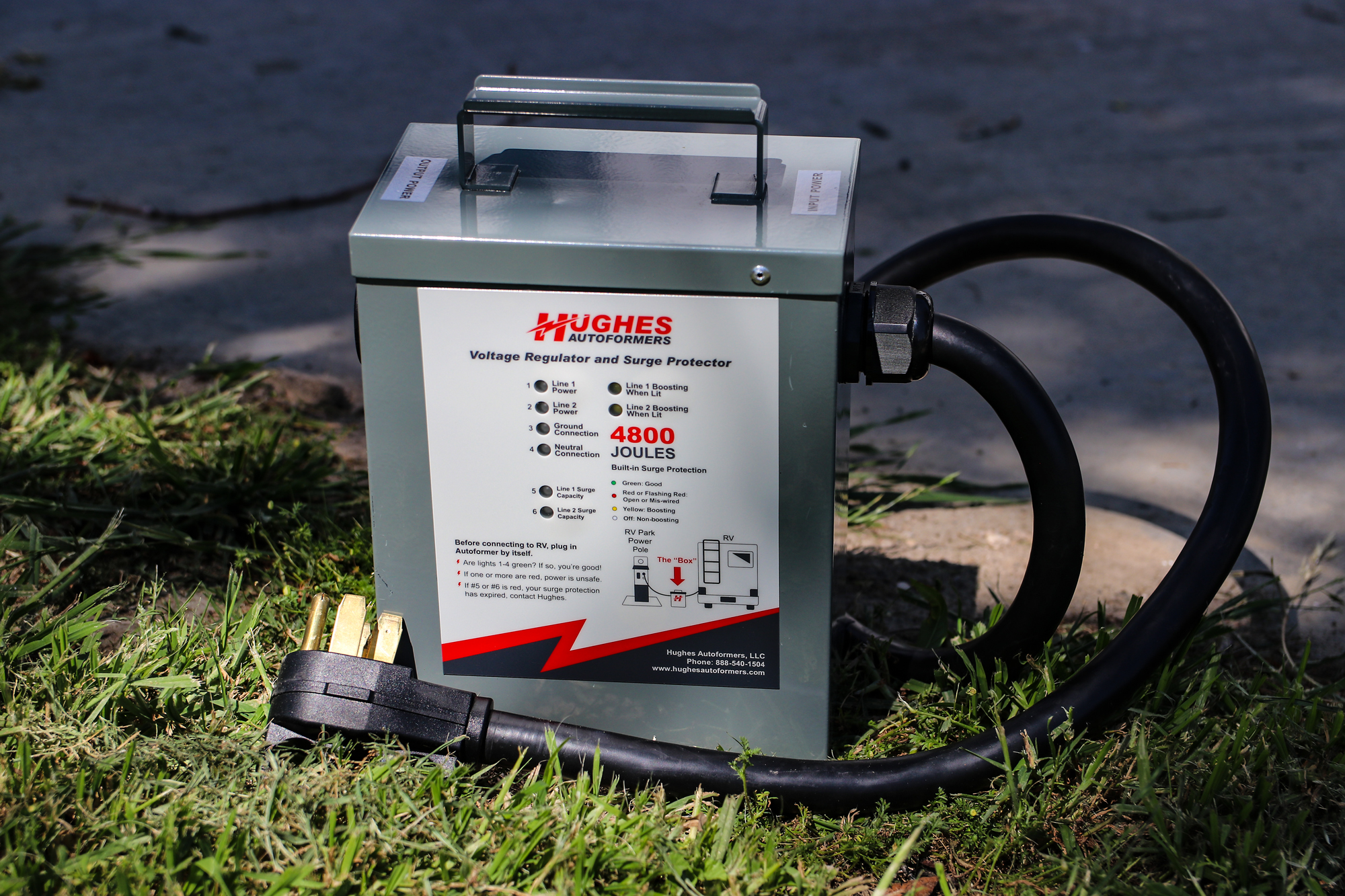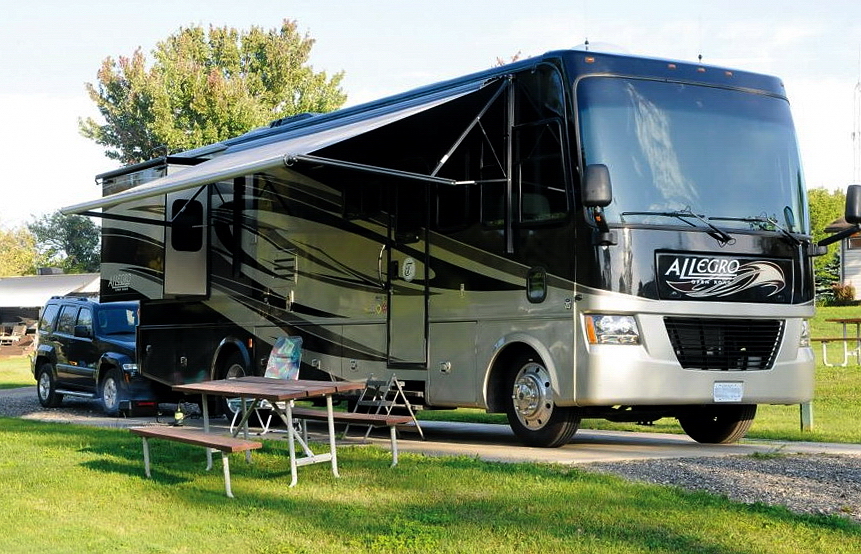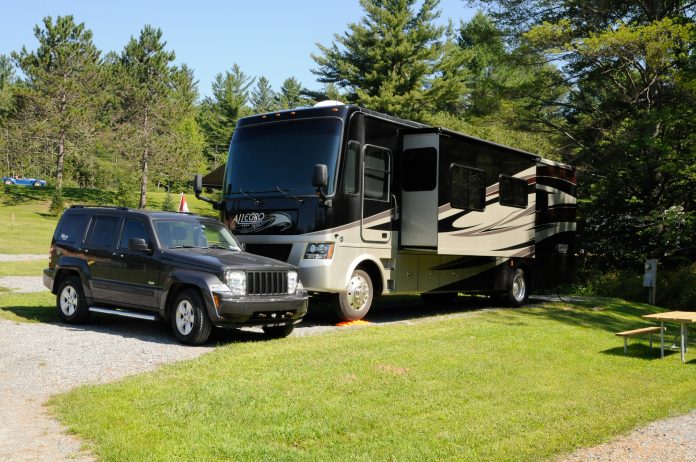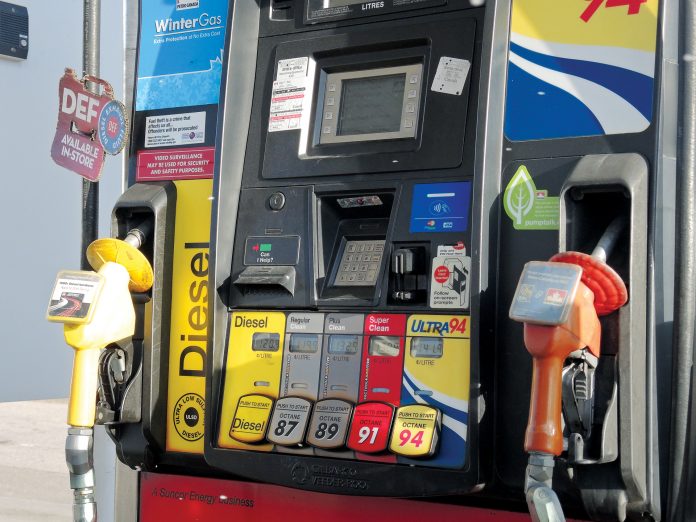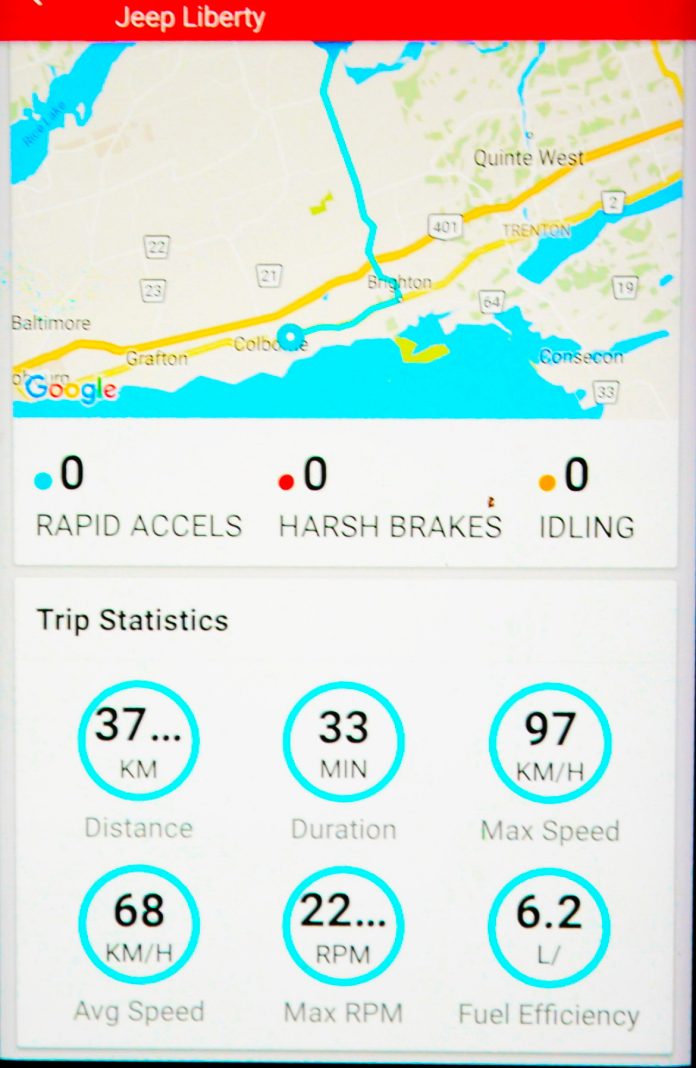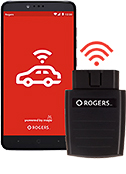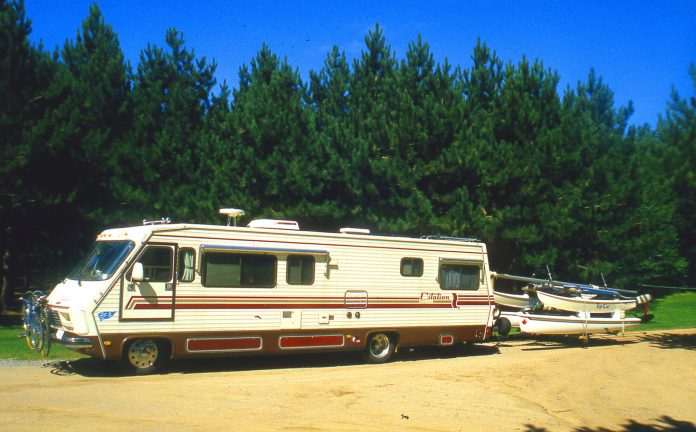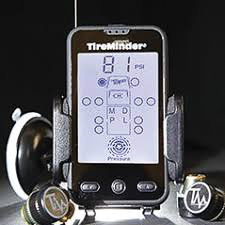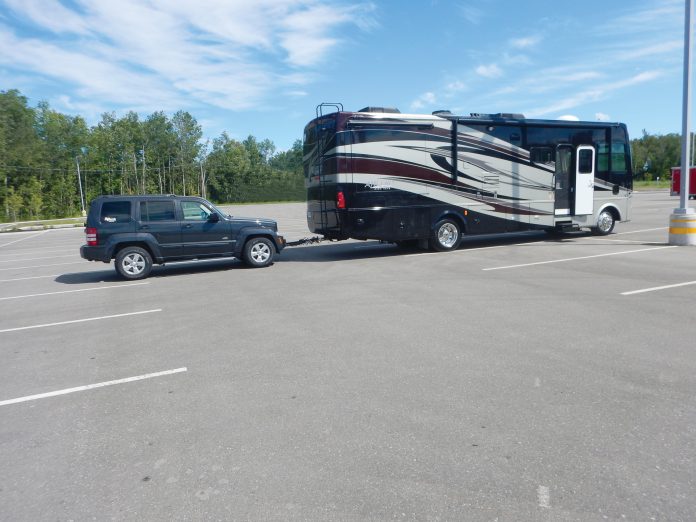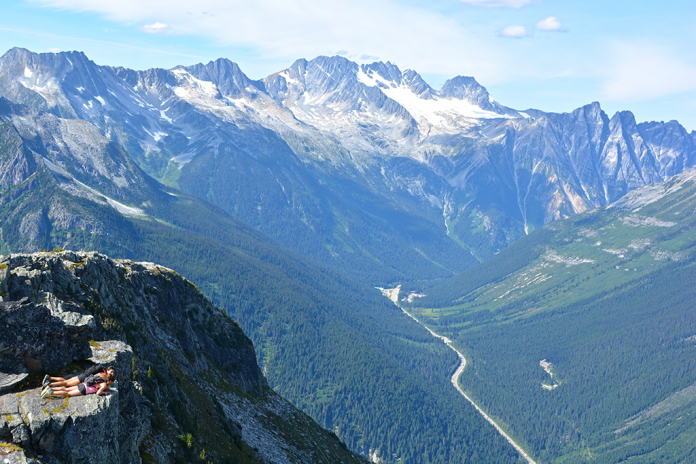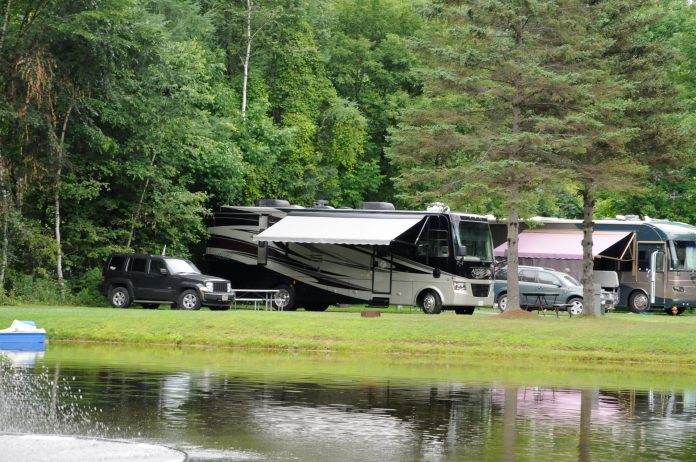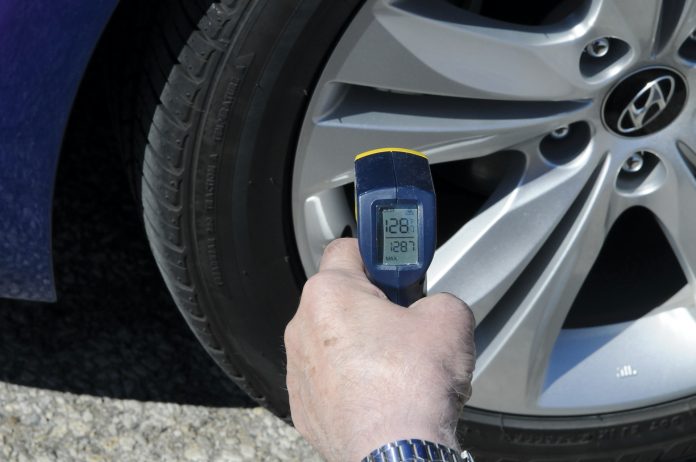By Garth Cane
It is always good to try to get better fuel economy, and there are some basic driving habits that you can develop to stretch every kilometre out of each litre of fuel.
Keep an Eye on the Speedometer
For RVs as well as for your family car, speed is a major factor in fuel consumption. The faster you drive when towing a trailer or driving a motorhome, the more it will cost you at the fuel pump.
When RVs travel down the road at 55mph (90km/h), they may cover about 10 miles on each gallon of fuel. For each 5 mph that you drive faster, you can lose 1 mile/gal. Let’s say that you are on a long trip of 3,000 miles, cruising at 55mph; with a steady and gentle foot on the accelerator you may consume a total of about 275 gallons of fuel for the trip, but if you drive faster, even if it is only a cruising speed of 60 mph, your consumption can rise to 333 gal. If you like to go beyond the speed limit – and that is never a good idea when towing a trailer or driving a motorhome – keep in mind that at 75mph your fuel economy will drop and you could consume 500 gals for the same trip.
Use the Recommended Fuel
Most tow vehicles and motorhomes do not require high test gas, and while using a high-octane fuel may sound like a good idea, it won’t produce any more go-power, and it won’t produce significantly different fuel efficiency. Engines that require higher octane fuels need the extra octane for smoother operation – it’s all in the way the engine is designed. Filling the tank with premium fuel is just a waste of money, unless your vehicle requires the extra octane.
Drive with a Gentle Foot
Your driving habits can substantially affect fuel consumption. Rapid acceleration from a dead stop burns more fuel to get the RV up to highway speed. Rapid acceleration is always going to burn more fuel per kilometer, and this should be avoided when driving an RV or towing a trailer, although putting the pedal to the metal may be essential if you are entering a freeway or controlled access highway, and you have to merge with the flow of traffic.
Sudden stops that may be necessary for driving in heavy traffic will cause wear and tear on the brakes, and then you have to pour on the coal to get back up to speed. Try to schedule your driving time to miss areas that have stop-and-go traffic during rush hours.
Monitor your Fuel Consumption
I have installed a Smart Drive unit in the On Board Diagnostic Plug under the dash of my motorhome, and another in my Jeep. This shows the distance travelled, maximum speed, fuel efficiency, number of times that you accelerated rapidly, and when you used harsh braking or idling. It reminds me to correct my driving habits whether I am driving the motorhome or my Jeep. All this information is accessible on my smartphone.
Schedule your Trips to Avoid Traffic
Sometimes I arrive at a city at the peak of rush hour – this is difficult to schedule, so I just look for a shopping centre or mall and drive in to park for an hour or two. I often take advantage of this stop to find a restaurant and enjoy a nice dinner. When you get back out on the road, the traffic has usually subsided somewhat.
Keep an Eye on your Tire Pressure
You should make it a habit to check the inflation pressure of your tires on a regular basis. Poorly inflated tires will cost you more in terms of fuel efficiency as well as tire wear because rolling resistance and heat build-up up will shorten the life of the tire, and uneven tire inflation will affect the vehicle handling characteristics. Tires must be properly inflated to carry the loaded weight of your RV – this is not necessarily the same pressure rating that is stamped on the sidewall. The only way to know how much inflation is required to carry the load is to have the RV weighed. Every pound of underinflation cuts fuel economy by 0.8% and tire life by a staggering 25%.
Knowing when the tire pressure is low is easier today with Tire Pressure Monitoring Systems. I use an A1A monitor from Tire Minder (Minder Research) that not only tells you when there is a low tire, but also shows the tire temperature that may have increased because of faulty brakes or bearings.
Tune Up for Better Fuel Efficiency
When was the last time that you had your engine checked to be sure that it is operating properly? Dirty or misfiring spark plugs will not ignite the fuel efficiently. Old spark plugs can reduce fuel economy by as much as 30 percent. Have the fuel injectors been cleaned?
An engine that accelerates poorly or fails an emissions test consumes far more gas than a well-maintained one. Fuel injectors can start getting dirty only 500 kilometres after they are cleaned. Don’t forget that you may also pick up “dirty fuel” as you drive across the country. Fuel filters are inexpensive, change yours on a regular schedule – especially if you are driving a diesel.
Cruise Control Tips
On a highway trip, using the cruise control will assist you to drive at a steady speed, but you should always turn it off when driving on wet or slippery roads. If the system senses a slipping drive wheel, it will apply more gas – causing you to lose control. I always turn cruise control off when I am driving in hilly terrain, as it often suddenly downshifts the transmission and speeds up the engine. When you are going up a long hill, your speed keeps dropping and you find yourself pressing harder on the accelerator. This can cause the engine to receive more gas than it needs. When the engine starts to falter, gently lift your foot off the gas pedal until you notice the engine coming to life again. Keep this pressure constant as you continue up the hill.
Idle Engines Eat Fuel
One of my pet peeves is drivers who start their engine in the campground, and let it idle excessively before they unhook from the facilities, roll up the awning, and do all the necessary chores before leaving the campsite. The engine and transmission will warm up easily in the time it takes to drive out of the campground – it is not necessary to idle for more than a minute or two before driving the vehicle. Other campers will not have to breathe in your exhaust fumes. If every Canadian motorist avoided idling their vehicle for just five minutes per day, our carbon dioxide emissions would be cut by more than 1.4 million tonnes. When your engine is idling, it is not working at its designed operating temperature, and fuel residue will condense on cylinder walls, further reducing your fuel efficiency.
Drive with Fuel Efficiency in Mind…
A few simple conservation and maintenance regimes could save you hundreds of dollars each year in fuel, and contribute to a cleaner and healthier environment. Whether you adopt these fuel-conscious driving techniques out of concern over your fuel costs, or to preserve the environment, it’s always a good idea to try to get the most out of every dollar spent on fuel!






